Don’t be sorry, be safe- Essential tips for SMEs to Secure the Hybrid/Remote Working Model
In the past few years, many business owners have embraced remote and hybrid setups, enjoying the flexibility these models bring. But stepping away from the traditional office also brings fresh cybersecurity concerns. You might think, “Sure, I’m only a small business, cybercriminals wouldn’t bother with me!” But the truth is, smaller businesses are often prime targets. The good news? You don’t need a tech team as big as Google’s to protect yourself. With a few simple steps, you can keep your business secure without overcomplicating things—or breaking the bank.
KEY CHALLENGES OF CYBERSECURITY FOR REMOTE AND HYBRID WORK
1. Home Networks & Personal Gadgets
When employees work from home, they’re often using networks without any fancy firewalls, leaving the door open to unwanted visitors (a.k.a. cybercriminals). Plus, if they’re using personal devices for work, it’s like leaving a box of biscuits unguarded – pretty tempting for hackers to have a nibble at your data.
Solution: Encourage staff to connect through a VPN (Virtual Private Network). It’s like giving them a secure tunnel to work through. And wherever possible, use company-provided devices – they’re usually safer!
2. Watch Out for Dodgy Emails (a.k.a. Phishing Attacks)
Since we’re chatting online more than ever, cyber tricksters are jumping at the chance to send sneaky emails pretending to be co-workers, clients, or even CEOs! Phishing attacks are like those “Congratulations! You’ve won a cruise!” emails, but they’re crafted to fool even the savviest among us.
Solution: Give your team regular phishing-spotting tips and set up two-factor authentication (2FA) to keep out the crooks. And remember, if it looks fishy, it probably is!
3. Keeping Data Private (Yes, GDPR is Watching!)
Storing work data on personal laptops or shared apps may seem handy, but it’s risky. GDPR loves to make an appearance, and it requires businesses to handle data securely. Plus, no one wants their clients' information floating around!
Solution: Set up clear data handling rules for remote work. Use secure cloud storage, and make sure employees are storing things safely (no more spreadsheets floating on desktops, please!).
4. Beware of Shadow IT (aka Rogue Apps)
We get it – finding a nifty app to collaborate is like finding a shortcut home. But if your team installs unauthorised software, it could create a hole in your security (and you may not even know it!).
Solution: Provide a list of approved tools so staff know what’s safe to use. And do a quick check-in every so often to make sure everyone’s sticking to the plan.
5. Stronger Passwords, Stronger Security
The temptation to recycle your pet’s name as a password is real – but so is the danger! Passwords like “password123” are basically an open invitation to trouble.
Solution: Enforce strong password policies. Tools like multi-factor authentication (MFA) add an extra step to keep the wrong people out. And if remembering complex passwords is a hassle, encourage the use of password managers!
6. Keep It Tidy: Physical Security at Home
Working remotely often means your office is your kitchen, living room, or even a local café. Without the safety of locked office doors, physical security is a concern. A quick glance over your shoulder in a café can reveal sensitive info!
Solution: Encourage a “clear-desk policy” – it’s as simple as clearing work documents away after a day. Privacy screens can keep nosey onlookers out, and little things like turning off your laptop when you step away can make a big difference.
TOP TIPS FOR KEEPING YOUR BUSINESS SAFE
1. Write Down Some Simple Security Rules: Make a clear, easy-to-read list of do's and don’ts for your team. Think “lock before you walk” and “update before it’s too late.” Having a handy reference helps everyone remember their role in keeping the company secure.
2. Run Short Cybersecurity Refreshers: Cybersecurity doesn’t have to be boring! A quick 15-minute training on spotting dodgy emails or remembering password best practices can go a long way in keeping everyone alert.
3. Invest in Basic Endpoint Security: Think of endpoint security as a virtual bouncer for your devices. Antivirus software, firewalls, and detection tools keep potential threats at bay. Even simple antivirus protection can save a ton of hassle down the road.
4. Use Cloud Security Tools: Cloud-based solutions like Secure Access Service Edge (SASE) and Identity and Access Management (IAM) are fancy terms, but they basically mean “security you can use anywhere.” These tools help protect remote staff without bogging down your devices or your budget.
5. Stay Vigilant and Act Fast: You don’t need to watch over your systems every minute, but set up a system to quickly address any potential issues. If there’s a security breach, a fast response can make all the difference.
HOW A CYBERSECURITY PARTNER CAN HELP?
To truly bolster your defences, consider partnering with a cybersecurity company (like us!) that specialises in running security tests. Conducting vulnerability scans and penetration tests can identify weak spots in your system before cybercriminals do. Think of it as a health check-up for your business’s digital security. Regular testing helps ensure you’re not only compliant with regulations like GDPR but also ahead of potential threats. After all, as the saying goes, it’s better to be safe than sorry!
CONCLUSION
Remote work is here to stay, so why not make it safe and simple? By taking small steps to prevent big problems, you’re keeping your business and your clients protected. With these tips in action, you can focus on growing your business – without worrying about cybersecurity keeping you up at night.
How can Forus-P Help?
It is important to prioritise cyber security. We can support you with preventing these kinds of malicious attacks. Contact us today to learn more about how we can help secure your business.

